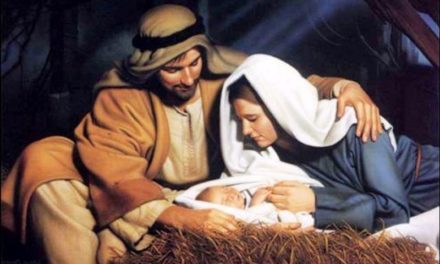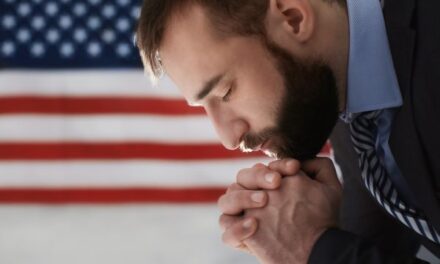Thomas Nelson, Jr
By David Streater, Ph.D.
Burke County
This vignette is an educational moment in American history. It is about those who made a difference during the Revolutionary War era and how they served our Country.
Many of our Founding Fathers are not well-known, but they still made meaningful contributions in a variety of ways. Thomas Nelson, Jr. is in this category as he served our Country and sacrificed for the greater good. Nelson, the oldest of five sons, was born on December 26, 1738, to Elizabeth Burwell and William Nelson. To eliminate confusion, Thomas Nelson, Jr. added Junior to his name as his uncle, Thomas Nelson, lived in the same town.
Nelson received his primary and intermediate education at home, where Reverand Yates tutored him. During his mid-teens, as a gentleman from an elite family, Nelson traveled to England to further his education. He returned home to Virginia after graduating from Cambridge in 1761. While sailing home, Nelson was elected to the House of Burgesses. Being selected was exceptional, as he was only 22 after being away for eight years.
As a member of the Burgesses, Nelson established a movement to stop trade with England. He also formed the Yorktown Tea Party. This 1776 utilitarian act involved Nelson and his collaborators boarding the British ship Virginia and “dumping tea into the York River.”
When the royal governor dissolved the House of Burgesses, Thomas and his colleagues unified at the Raleigh Traven. They continued their work toward liberty and discussing politics. Becoming a member of the Virginia Provincial Convention of 1775 led him to become the commander of the Virginia Militia. Soon after, Thomas was elected to the Continental Congress and started experiencing health issues.
Due to his health problems, Nelson surrendered his military commission. Nelson and Richard Henry Lee worked on a proposal drafted by Edmund Pendleton for Independence. “It was at this time that Nelson was recognized as one of the signers of the Declaration of Independence.”
In 1779, Nelson was reelected to Congress with failing health and returned to the Lower Virginia Militia as its commanding general. During this period, Nelson also assumed the role of civil governor, overseeing both functions and becoming a force to reckon with. As a wartime general, Nelson led military forces (a battalion of George Washington’s army) to Yorktown.
Nelson and his troops were forceful at the Battle of Yorktown from September through October 1781. The Redcoats commandeered Nelson’s house for their field command headquarters. Nelson ordered his troops to fire cannons and paid them for each projectile hitting his house. Soon after, the British surrendered at Yorktown on October 18, 1781. Nelson performed other nobel acts besides having his house bombarded.
Because Congress would not approve additional troops, Nelson helped finance “the birth of the cavalry as well as outfitted and trained the unit.” In June 1781, Nelson was elected the second governor of Virginia, resigning five months later due to illness. By this time, he was in dire straits, physically and financially.
The war destroyed Nelson’s business properties and finances. The federal government never repaid him the two million dollars “for his loans to help finance the French fleet and their efforts during the war.”
Penniless and never reproving slavery, Nelson died from asthma on January 4, 1789, at 50. Since his death, a high school, a college, and several counties have been named in his honor, along with other kudos. Thomas was first buried in an unmarked grave to evade creditors; later reinterned in the Grace Church Graveyard, Yorktown, Virginia. Thomas Nelson, Jr. was a steadfast patriot who gave his all to America despite his blunders.
Please visit your Charters of Freedom setting in most western North Carolina counties. A Charters of Freedom setting consists of the Declaration of Independence, the United States Constitution, and the Bill of Rights. They are on permanent display analogous to the Charters of Freedom in the National Archives, Washington, DC. Please visit FoundationForward.com to learn more about our existing settings. Vance and Mary Jo Patterson are the benefactors and originators of Foundation Forward, a 501(c)(3) education non-profit.
Teachers are encouraged to contact Dr. Streater for information and complementary student education materials to enhance experiential field trips to Charters of Freedom settings. In addition, everyone is welcome and urged to obtain a personalized engraved legacy paver for placement at their local Charters of Freedom setting. Contact Dr. Streater (david.streater@mymail.barry.edu) for engraved legacy paver information and complementary educational materials.
_______________________________________
Dr. David Streater is the director of education for Foundation Forward. He is a retired college instructor and administrator, and a retired probation and parole officer/administrator. David is a criminologist who has an acute history interest, served in the Navy, and is a resident of Burke County, NC.
You can read more Good Christian News HERE.
Read more about our founding fathers HERE.
_______________________________________






